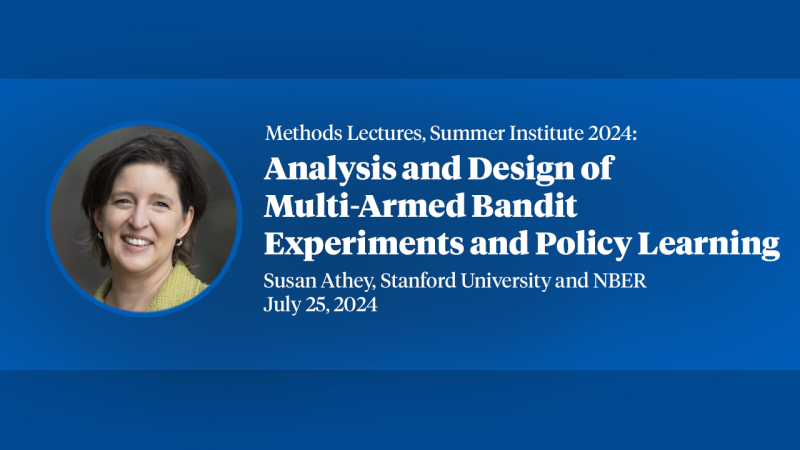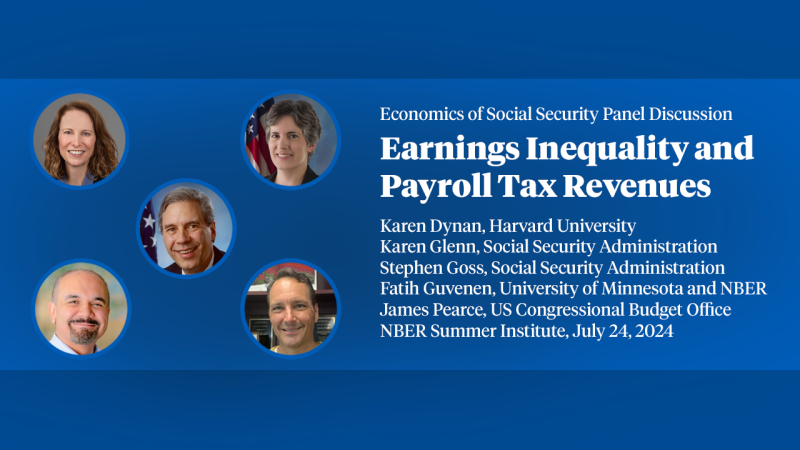How do Older Workers use Nontraditional Jobs?
Working consistently through one’s fifties and early sixties is key to attaining retirement security. However, workers also need access to retirement plans – so they can continue to accumulate resources – and health insurance – so they can avoid withdrawing assets in the event of a health shock. Yet, despite the fact that a large literature focuses on nontraditional jobs that often lack these benefits, it is unclear how older workers use these jobs and what the consequences are. This paper uses the Health and Retirement Study to identify nontraditional jobs and relies on sequence analysis to explore how workers ages 50-62 use them. The results suggest that the majority of nontraditional jobs are used by workers consistently, and that fewer workers use these jobs briefly or as a bridge to retirement. In the end, workers consistently in nontraditional jobs end up with less retirement income and are also worse off by a more holistic measure of well-being – the incidence of depression. Given this situation, expanding benefits to workers in non-traditional jobs could increase their well-being in retirement.
Published Versions
How Do Older Workers Use Nontraditional Jobs?, Alicia Munnell, Geoffrey T. Sanzenbacher, Abigail N. Walters. in Incentives and Limitations of Employment Policies on Retirement Transitions: Comparisons of Public and Private Sectors, Clark and Newhouse. 2021
Munnell, Alicia & Sanzenbacher, Geoffrey T. & Walters, Abigail N., 2021. "How do older workers use nontraditional jobs?," Journal of Pension Economics and Finance, Cambridge University Press, vol. 20(3), pages 374-392, July. citation courtesy of ![]()
Alicia Munnell & Geoffrey T. Sanzenbacher & Abigail N. Walters, 2021. "How do older workers use nontraditional jobs?," Journal of Pension Economics and Finance, vol 20(3), pages 374-392.


